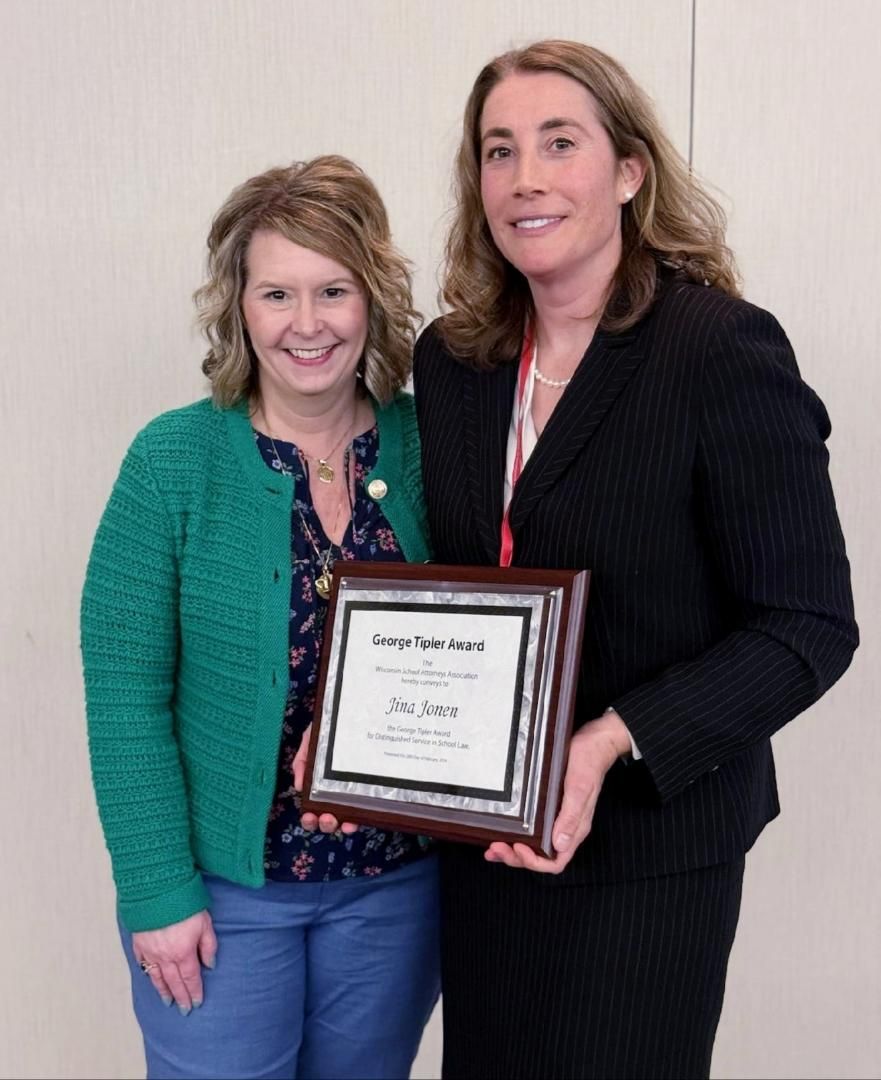Home
>
Brenda Williams Named Director of Preservation Planning at Quinn Evans Architects
Brenda Williams Named Director of Preservation Planning at Quinn Evans Architects
Quinn Evans Architects, an award-winning architectural and planning practice, has promoted Brenda Williams, ASLA, to director of preservation planning. A principal and landscape architect, Williams has more than 25 years of experience in the preservation and rehabilitation of historic sites.
Williams joined Quinn Evans Architects in 1998 and has overseen many of the firm’s planning initiatives for historically significant sites and landmarks. Her work focuses on preserving historic character, connecting people to cultural landscapes in meaningful ways, and incorporating long-term sustainability. Major projects under her direction have included the development of a cultural landscape report and design for the rehabilitation of the circa-1829 Peirce Mill site in Washington, D.C.’s Rock Creek Park; development of a cultural landscape master plan for the Blood Run National Historic Landmark in Lyon County, Iowa—a project that included recommendations for the preservation of several American Indian sacred sites as well as interpretive protocols for visitors; and several projects focusing on the preservation and interpretation of historic industrial landscapes and structures at Keweenaw National Historic Park in Calumet, Michigan. She has completed numerous projects for the National Park Service, addressing cultural landscapes within parks such as Sleeping Bear Dunes National Lakeshore in Michigan, Manassas National Battlefield Park in Virginia, Voyageurs National Park in Minnesota, Hot Springs National Park in Arkansas, and Sitka National Historical Park in Alaska.
Currently, Williams is directing the preparation of an environmental assessment for the Smithsonian Institution’s National Air and Space Museum revitalization in Washington, D.C. She is also directing cultural landscape reports for the Split Rock Lighthouse Historic Site, a Minnesota Historical Society property located on the North Shore of Lake Superior; a portion of Sand Island located within Apostle Islands National Lakeshore in Wisconsin; and the Charles Young Buffalo Soldiers National Monument in Wilberforce, Ohio.
Williams recently completed a cultural landscape report for Historic Fort Snelling, located at the confluence of the Minnesota and Mississippi Rivers in Minneapolis, and is now part of the design team for the revitalization of the 21-acre site’s visitor center, a project led by Leo A. Daly and including TEN x TEN. She is also part of the landscape design team led by Adrian Smith + Gordon Gill Architecture and including Site Design Group that was recently selected to develop a historically sensitive site design for the visitor center at Pullman National Monument, one of the nation’s newest units of the National Park Service.
“Brenda’s work has been instrumental in the preservation and ongoing management of historic sites and landscapes around the country,” says Larry Barr, AIA, president of Quinn Evans Architects. “Her role in creating assessments, plans, and design solutions for landmark properties goes well beyond the realm of traditional preservation planning. Brenda helps reveal long-term value and potential so that these sites will endure and the public will continue to enjoy and learn from them.”
Williams holds a master’s degree in landscape architecture from the University of Wisconsin at Madison (1995) and a bachelor’s degree in landscape architecture from the University of Kentucky (1988). She is currently president of the Alliance for Historic Landscape Preservation, a member of the American Society of Landscape Architects’ Historic Preservation Professional Practice Network leadership group, and serves on the Preservation Committee of Taliesin Preservation in Wisconsin.






